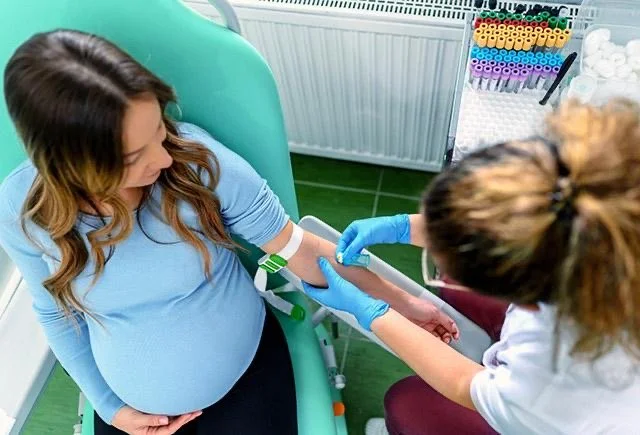FERTILITY & PREGNANCY HORMONE TESTING
A BREAK DOWN OF HORMONE NAMES AND THEIR ROLES IN OUR BODIES.
FOR FERTILITY
ESTROGEN/ESTRADIOL: Estrogen (or more correctly, estradiol – one of the main forms of estrogen) is produced in the ovaries during egg development. Estradiol is tested on cycle day 3 (during your period.)
17-OH PROGESTERONE: Used to diagnose congenital adrenal hyperplasia, a condition where women have a genetic defect causing imbalances in reproductive hormones
FOLLICLE STIMULATING HORMONE (FSH): Stimulates the follicles in our ovaries to develop. Produced in the first half of the cycle, levels of FSH peak at ovulation, then decline.
LUTEINIZING HORMONE (LH): Produced in highest levels at ovulation, and it is this hormone that ultimately triggers ovulation to occur
TESTOSTERONE: in women can be converted into estrogen, and research has discovered that testosterone may be essential to healthy development of follicles and response to FSH.
DHEA: While most research on the use of DHEA involves improving IVF outcomes, supporting balanced DHEA levels may benefit any woman trying to conceive.
PROLACTIN: Produced to stimulate and sustain breast milk production, elevated levels of prolactin can suppress healthy egg development and ovulation
THYROID STIMULATING HORMONE (TSH): For women with an underactive thyroid, their bodies are unable to generate the energy needed to support and maintain a healthy pregnancy. As a result, women with hypothyroidism may have difficulty with healthy ovulation or have issues with recurrent miscarriages.
FOR PREGNANCY
hCG: Secreted during pregnancy by the placenta which stimulates continued production of progesterone. Depending on the levels we can pinpoint pregnancy age and strength. hCG is the hormone which is found to verify pregnancy.
PROGESTERONE: Prepare’s the endometrium (lining of uterus) for a fertilized egg to implant and grow, this is critical in supporting a pregnancy because it thickens your uterine lining. A thick uterine lining helps a fertilized egg grow into an embryo, and then to a fetus. Continuous increase or decline of levels can determine the strength of a pregnancy.



